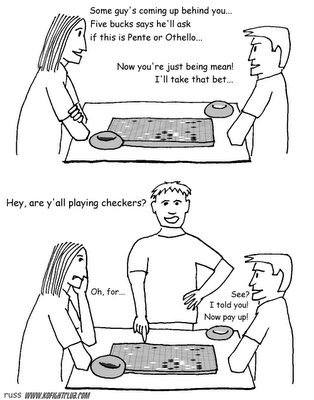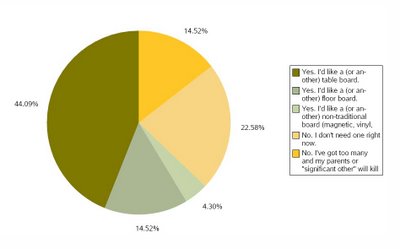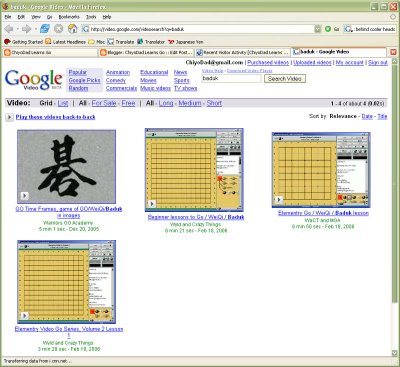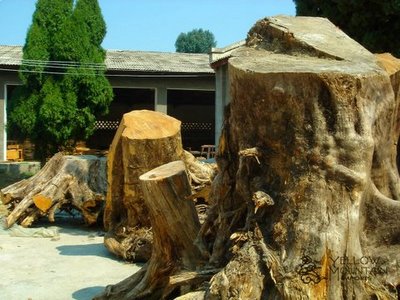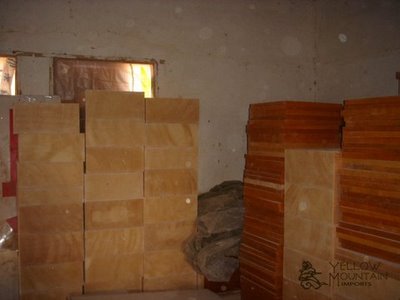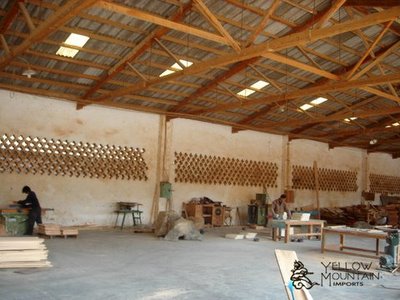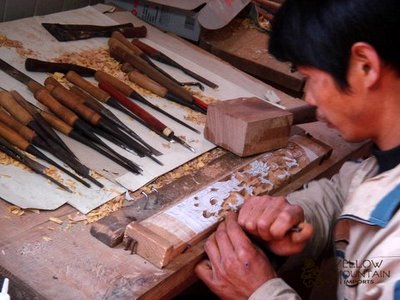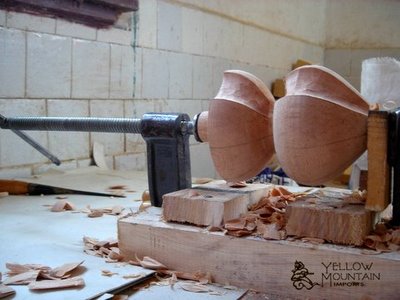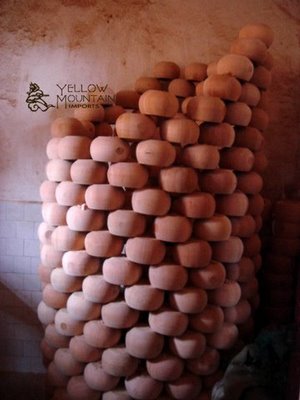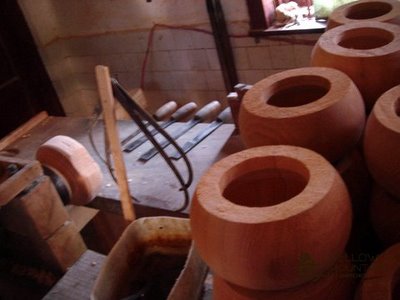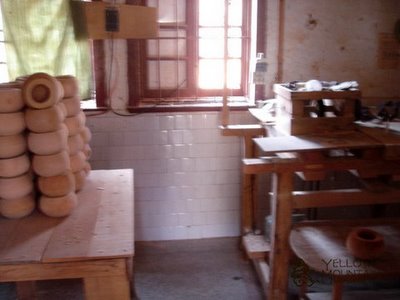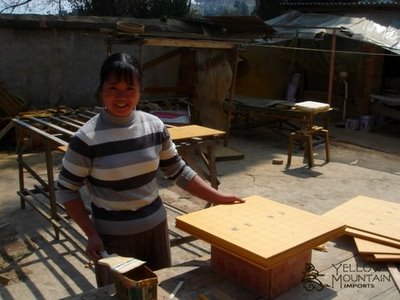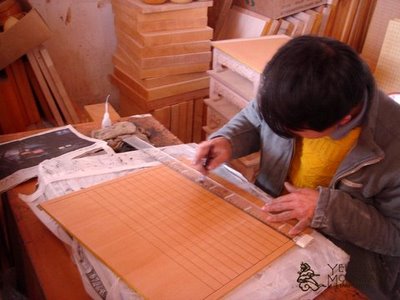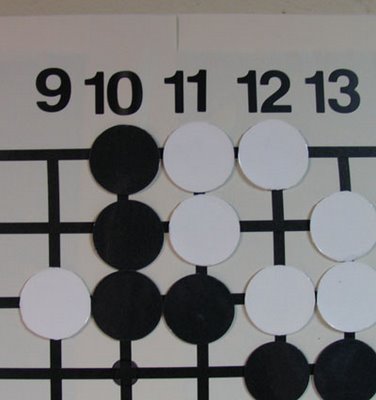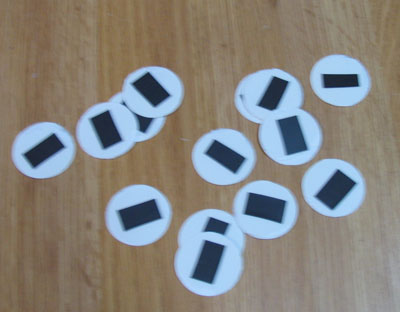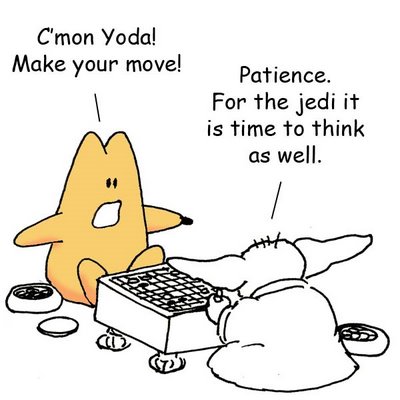BBC video on the Hikaru No Go effect
You might have missed it in the comments to one of my previous posts. Leonard Dragomir of the Warriors Go Academy provided a link to YouTube.com which featured a BBC video about the Hikaru No Go effect in Japan.
I thought that I should bring more attention to it with a dedicated post and embed the player into the blog. Clicking on the circular play button in the middle of the image will start the video. I hope it works for all of you. Obviously, it will work best with a broadband connection.
If the video doesn't seem to work, you can instead read the text article from the BBC's archive.
Leonard also put together a second personal production on Go. You can either watch it on the embedded player above or view it on YouTube. I had blogged about his first production back in December.
18k - Can I hold on to it?
A recent string of won matches pushed my KGS rank up to 18k but more battle-testing will be needed to see if my skills have truly improved and if I have the mental discipline to apply them properly.
On average, I've been investing more thought into my moves but I have still found myself lapsing into careless play; sometimes in the middle of the game.
I've also tried to review my games with a stronger player as often as possible. Chrono3450 has been most available to help me with recent reviews. He and fathwad introduced me to the fun of watching auto-played Shusaku games back in September.
In other news
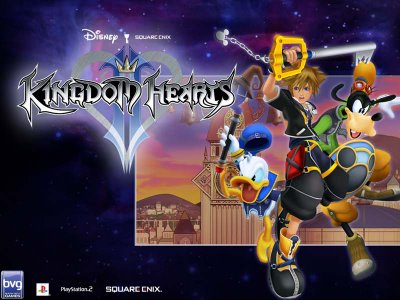
ChiyoChan brought home straight 4s (the equivalent of straight As) in her report card so I'm alright with letting her buy a copy of Kingdom Hearts II when it releases this week. I thought it was supposed to be available by Tuesday, March 28th, but that seems to have slipped. Costco supposedly will be stocking it on Thursday and some other retail giants will not have them on the shelves until April 4th.
Our household was very late in acquiring a gaming console. We bought our first one, a Playstation 2, just a few months ago. It's not like ChiyoChan has been completely deprived of gaming opportunities though. She's long had her own PC although, these days, she uses it mostly to scan and digitally enhance her drawings with Photoshop.














